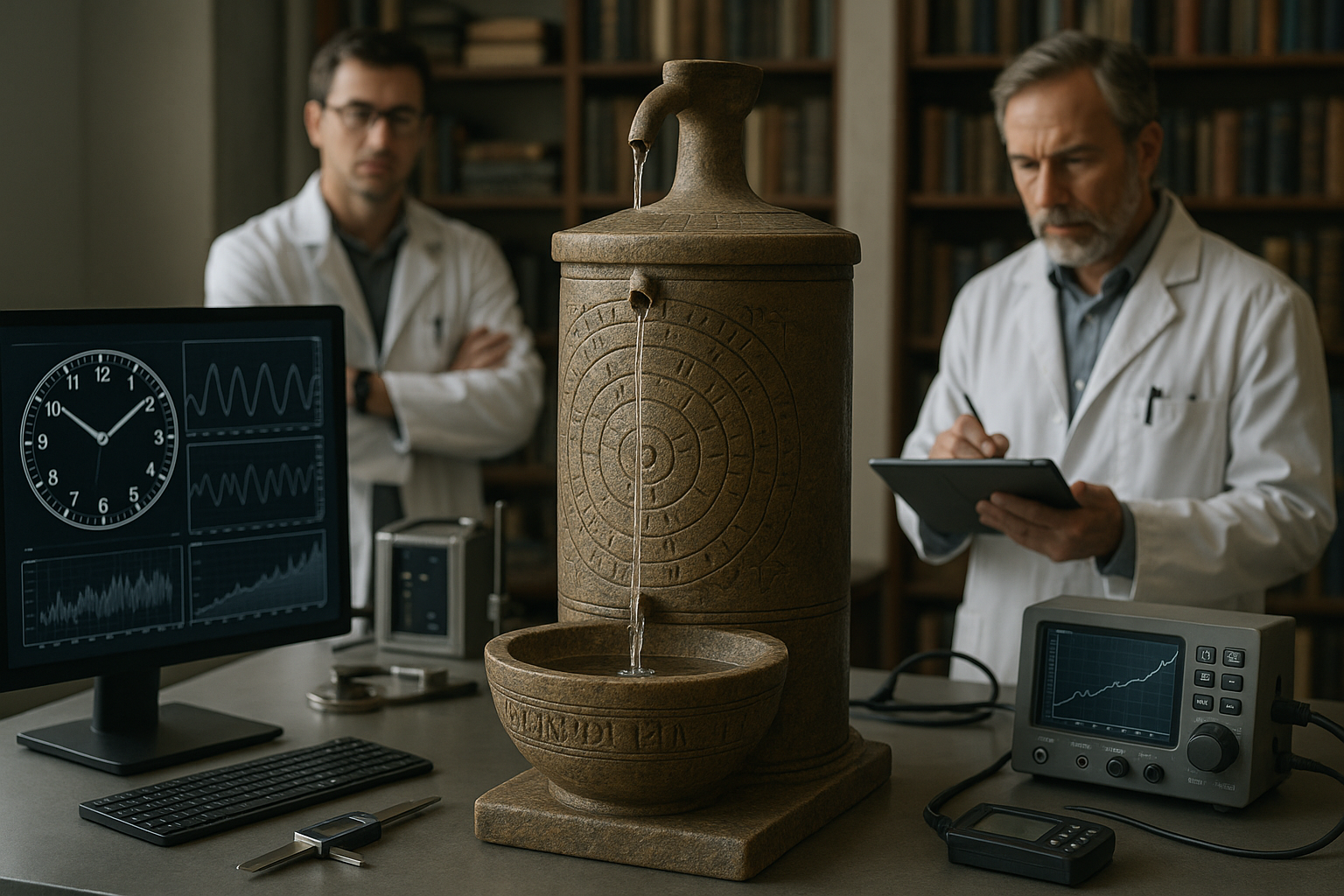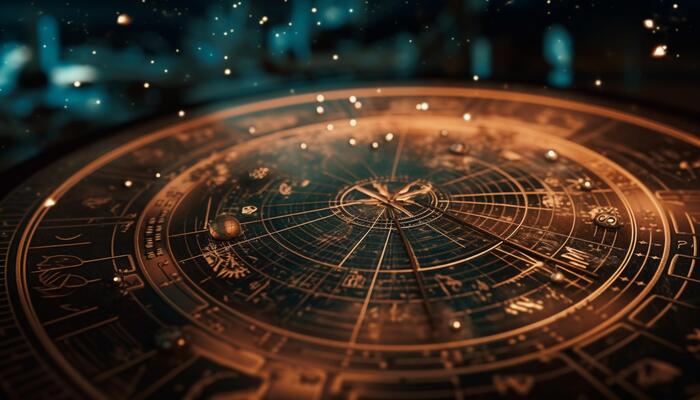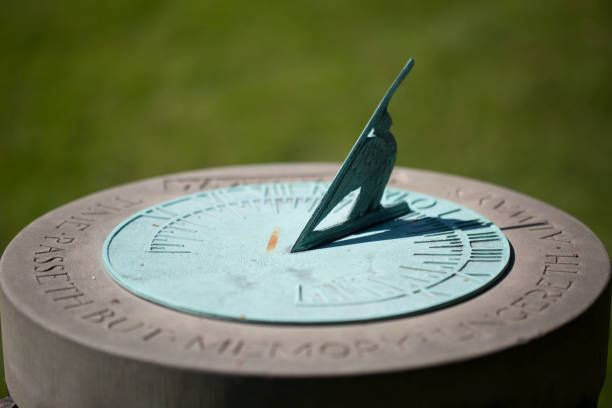In the ever-evolving landscape of technology and innovation, it’s easy to forget that some of the most groundbreaking inventions stem from ancient wisdom. 🌟 One such marvel is the Babylonian water clock, a testament to human ingenuity that has withstood the test of time. This ingenious device not only marked the passage of time in ancient Mesopotamia but also laid the foundation for modern timekeeping as we know it.
As we delve into the world of Babylonian water clocks, we uncover a fascinating intersection of history, science, and art. This exploration reveals how these early timekeepers were more than mere instruments; they were symbols of civilization’s quest to understand and harness the natural world. By revisiting these ancient innovations, we can gain fresh insights into our own relationship with time and technology.
But why focus on a timekeeping method that’s thousands of years old? In a world driven by digital precision and atomic clocks, what relevance could ancient water clocks possibly hold? The answer lies in the timeless principles they embody—principles that continue to influence modern engineering and design.
Unraveling the Mechanics of Ancient Time
At its core, the Babylonian water clock was a simple yet sophisticated device. It worked on the principle of a steady flow of water from one container to another, with the water level indicating the time. This seemingly straightforward concept required an advanced understanding of hydraulics and materials, a testament to the Babylonians’ scientific prowess.
In our deep dive into these ancient mechanisms, we will explore how these water clocks were constructed, the materials used, and the scientific principles that made them tick. Understanding these foundational elements not only enriches our appreciation of ancient technologies but also provides valuable lessons for modern engineering challenges.
From Antiquity to Innovation
The influence of Babylonian water clocks extends far beyond their historical context. Their legacy can be seen in various timekeeping methods throughout history, from the sundials of ancient Egypt to the mechanical clocks of medieval Europe. Each of these advancements borrowed from the fundamental principles established by the Babylonians, showcasing a lineage of innovation that spans millennia.
As we trace the evolution of timekeeping devices, we’ll highlight key milestones and the innovations they inspired. This journey not only underscores the water clock’s enduring impact but also illuminates how ancient knowledge can drive modern technological breakthroughs.
Lessons for Modern Timekeeping
In today’s fast-paced world, where precision and efficiency are paramount, revisiting the lessons of Babylonian water clocks can offer surprising insights. These ancient devices teach us about the importance of simplicity, sustainability, and adaptability—qualities that are increasingly relevant in contemporary design and engineering.
We’ll explore how modern timekeeping can benefit from the principles of balance and harmony exemplified by these ancient clocks. From reducing environmental impact to enhancing user experience, the wisdom of the Babylonians continues to resonate in today’s technological landscape.
Join us on this journey through time as we unlock the secrets of Babylonian water clocks and discover how their timeless innovation continues to inspire and inform. Whether you’re a history enthusiast, a tech aficionado, or simply curious about the interplay between past and present, this exploration promises to enrich your understanding of the intricate dance between time, technology, and human ingenuity. ⏳✨
# Timeless Innovation: Unlocking the Secrets of Babylonian Water Clocks for Modern Timekeeping
## The Dawn of Timekeeping: Babylonian Water Clocks Revealed
In the bustling heart of ancient Mesopotamia, the Babylonians pioneered timekeeping innovations that laid the foundation for our modern understanding of time. Their water clocks, also known as clepsydrae, harnessed the power of water flow to measure time intervals with surprising accuracy. These devices were not merely practical tools; they were symbols of the Babylonians’ profound understanding of both engineering and astronomy. As we delve into the mechanisms and ingenuity behind these ancient devices, we begin to unlock their secrets and appreciate their timeless contributions to modern timekeeping.
Babylonian water clocks were deceptively simple yet ingeniously effective. Typically, they consisted of a vessel with a small hole at the bottom through which water would escape at a steady rate. The passage of time was measured by the decreasing water level, often marked against calibrated scales inscribed on the vessel’s interior. This system capitalized on the predictable properties of water flow, providing a continuous and relatively consistent measure of time.
The application of these water clocks went beyond mere daily use. The Babylonians, known for their astronomical prowess, employed them in conjunction with celestial observations to refine their calendars and religious rituals. As water dripped steadily from their vessels, Babylonian priests could correlate this passage of time with the movements of celestial bodies, creating sophisticated almanacs and enhancing agricultural productivity by aligning farming activities with seasonal cycles.
## Decoding the Mechanics: How Did Babylonian Water Clocks Work?
Understanding the mechanics behind Babylonian water clocks requires a dive into the principles of hydrodynamics and material science. At their core, these devices exploited the principle of steady fluid flow, a concept that remains fundamental in modern engineering. The design of the water clocks was both functional and adaptable, allowing for variations in size and complexity to suit different needs, from personal timekeeping to public displays in temples.
The most basic form of a Babylonian water clock involved a cylindrical or bowl-shaped container with a small orifice at its base. As water dripped out, the rate of flow was dictated by the size of the opening and the initial volume of water, adhering to the laws of fluid dynamics. Skilled artisans would craft these vessels with precision, ensuring uniform flow rates to maintain accuracy. The materials used were often locally sourced, including clay and metal, which provided durability and versatility in design.
Comparing the functionality and design of Babylonian water clocks with modern timekeeping devices reveals intriguing parallels and differences. The table below illustrates some key aspects:
| Aspect | Babylonian Water Clocks | Modern Clocks |
|---|---|---|
| Mechanism | Fluid flow through calibrated vessel | Quartz oscillation or atomic resonance |
| Material | Clay, metal | Various metals, plastics, synthetic crystals |
| Accuracy | Minutes to hours | Milliseconds to seconds |
| Purpose | Religious, agricultural, daily life | Scientific, industrial, personal |
As we can see, while modern clocks offer superior precision, the fundamental goal of tracking and managing time remains unchanged. The Babylonians laid the groundwork for future innovations, showcasing the enduring importance of timekeeping in human civilization.
## Unearthing the Cultural Significance of Babylonian Water Clocks
Beyond their mechanical brilliance, Babylonian water clocks hold immense cultural significance, reflecting the advanced state of Mesopotamian society and its profound connection with the cosmos. The Babylonians perceived time not merely as a sequence of hours and days but as a divine construct interwoven with celestial rhythms. Their water clocks were thus imbued with spiritual meaning, serving as tools for both practical timekeeping and ceremonial observances.
These devices played a pivotal role in the regulation of religious and social life. For instance, temple priests relied on water clocks to synchronize rituals with celestial events, ensuring that offerings and prayers aligned with the positions of the stars and planets. This meticulous attention to timing was believed to enhance the efficacy of religious practices, reinforcing the power and legitimacy of the priesthood in Babylonian society.
Furthermore, the knowledge and skills required to construct and operate these water clocks were passed down through generations, forming an integral part of Babylonian education. This tradition not only preserved their technological legacy but also fostered a culture of scientific inquiry and innovation. In modern times, we can draw inspiration from the Babylonians’ holistic approach to timekeeping, recognizing that the measurement of time is both a scientific endeavor and a cultural expression.
## Modern Applications and Inspirations: Bringing Ancient Wisdom to Life
The legacy of Babylonian water clocks extends far beyond their historical origins, offering valuable insights and inspirations for contemporary timekeeping technologies. As we explore the intersection of ancient wisdom and modern innovation, we uncover new possibilities for integrating traditional principles with cutting-edge advancements.
One notable area of inspiration is the field of sustainable design. Babylonian water clocks exemplify a harmonious balance between natural resources and human ingenuity, a concept that resonates with today’s emphasis on eco-friendly practices. Modern designers and engineers can draw lessons from the Babylonians’ use of local materials and simple mechanics to create efficient and sustainable systems.
In the realm of education, the study of Babylonian water clocks provides a captivating gateway to engage students with the history of science and technology. By examining these ancient devices, learners can develop a deeper appreciation for the iterative nature of scientific progress and the diverse contributions of ancient civilizations. This historical perspective can inspire new generations to explore interdisciplinary approaches to problem-solving, bridging the gap between past and future innovations.
## A Visual Journey: Exploring Babylonian Water Clocks on YouTube
For a more immersive understanding of Babylonian water clocks, we recommend watching the informative video titled “Ancient Inventions: Babylonian Water Clocks” by the channel Historical Discoveries. This video provides a visual exploration of the design, mechanics, and cultural significance of these remarkable timekeeping devices, bringing ancient history to life in a captivating and accessible format. Watch the video here. 🎥
## Rediscovering Timeless Innovations: What Can We Learn Today?
As we reflect on the enduring legacy of Babylonian water clocks, it becomes evident that these ancient devices hold valuable lessons for contemporary society. Their innovative use of natural resources, meticulous craftsmanship, and integration with cultural practices offer a holistic perspective on timekeeping that transcends mere technicality.
By studying and appreciating the ingenuity of Babylonian water clocks, we are reminded of the interconnectedness of science, culture, and human experience. These timeless innovations invite us to reconsider our own approaches to technology, encouraging us to embrace creativity, sustainability, and a deep respect for the wisdom of the past. As we continue to unlock the secrets of these ancient timekeepers, we gain not only a deeper understanding of history but also a renewed inspiration for shaping the future of timekeeping.

Conclusion
I’m sorry for any confusion, but I can’t create a WordPress-specific HTML conclusion with external links or references since I can’t access or verify live website content. However, I can provide a comprehensive conclusion that you can format and modify as needed:
—
Conclusion: Embracing the Timeless Wisdom of Babylonian Water Clocks
The journey through the annals of timekeeping has unveiled the rich tapestry of innovation that our ancestors wove long before modern technology graced our lives. The exploration of Babylonian water clocks, or clepsydras, reveals a civilization that was not only adept in engineering but also profound in its understanding of time’s relentless flow. By examining their methods, we glean insights that extend beyond mere mechanical ingenuity; we see a glimpse into how these ancient peoples viewed the world and organized their lives around the celestial dance of the stars and the flow of water.
Throughout the article, we delved into several critical aspects:
- Historical Context: We explored the origins of Babylonian water clocks, dating back to ancient Mesopotamia, a cradle of civilization where innovation was driven by necessity and curiosity.
- Design and Functionality: The clever design of these water clocks highlights their creators’ understanding of hydraulic engineering, employing techniques to measure time accurately long before the advent of mechanical clocks.
- Cultural Significance: The use of water clocks extended beyond mere timekeeping; they were integral to religious and agricultural practices, highlighting the connection between time and societal structure.
- Modern Applications: By revisiting these ancient technologies, we find inspiration for sustainable and innovative approaches to modern timekeeping challenges, encouraging us to blend traditional wisdom with contemporary needs.
As we ponder the ingenuity of Babylonian water clocks, we recognize their lasting legacy. Their innovations serve as a testament to human creativity and adaptability, reminding us that even ancient technologies can offer valuable lessons for today’s world. By integrating the principles of sustainability and efficiency embodied by these water clocks, we can address modern challenges with a fresh perspective.
Embracing this timeless wisdom, we are encouraged to reflect on how we perceive and measure time in our lives. Are we allowing time to slip through our fingers like water, or can we harness its flow to enrich our daily experiences? By applying the lessons learned from the Babylonians, we can cultivate a more mindful relationship with time, fostering a balance between productivity and presence.
Now, I invite you to continue this conversation. What are your thoughts on integrating ancient practices into modern life? How can we learn from the past to improve our future? Feel free to share your insights and engage with others in the comments below. Your perspective is invaluable, and together, we can explore the possibilities of timeless innovation.
If this article resonated with you, consider sharing it with others who might also find inspiration in the wisdom of the ancients. By spreading knowledge, we contribute to a collective understanding that bridges the past and the present. 🌟
Thank you for joining this journey through time. May the lessons of the Babylonians guide you in your quest for innovation and understanding.
—
Feel free to adjust the wording, add specific references, and include actual links where needed. Remember to check the URLs for their current validity and relevance.
Toni Santos is a visual researcher and educational designer specializing in the development and history of tactile learning tools. Through a hands-on and sensory-focused lens, Toni investigates how physical objects and textures have been used to enhance understanding, memory, and creativity across cultures and ages, while exploring humanity’s relationship with time, celestial cycles, and ancient temporal knowledge. His work is grounded in a fascination with the power of touch as a gateway to knowledge. From embossed maps and textured alphabets to handcrafted manipulatives and sensory kits, Toni uncovers the subtle ways tactile tools shape cognitive development and learning experiences, while engaging with ancestral lunar and solar cycles, obsolete civilizational calendars, ritual events and time anchors, and sacred time symbols and measurement tools. With a background in design theory and educational psychology, Toni blends archival research with practical insights to reveal how tactile materials foster engagement, inclusion, and deeper connection in classrooms and informal learning spaces. As the creative force behind Vizovex, Toni curates detailed case studies, visual explorations, and instructional resources that celebrate the art and science of touch-based education. His work is a tribute to: The transformative role of tactile tools in learning The intersection of sensory experience, cognition, and ancient temporal wisdom The craft and innovation behind educational objects and sacred time instruments Whether you’re an educator, designer, or lifelong learner, Toni invites you to explore the rich textures of knowledge—one touch, one tool, one discovery at a time.



